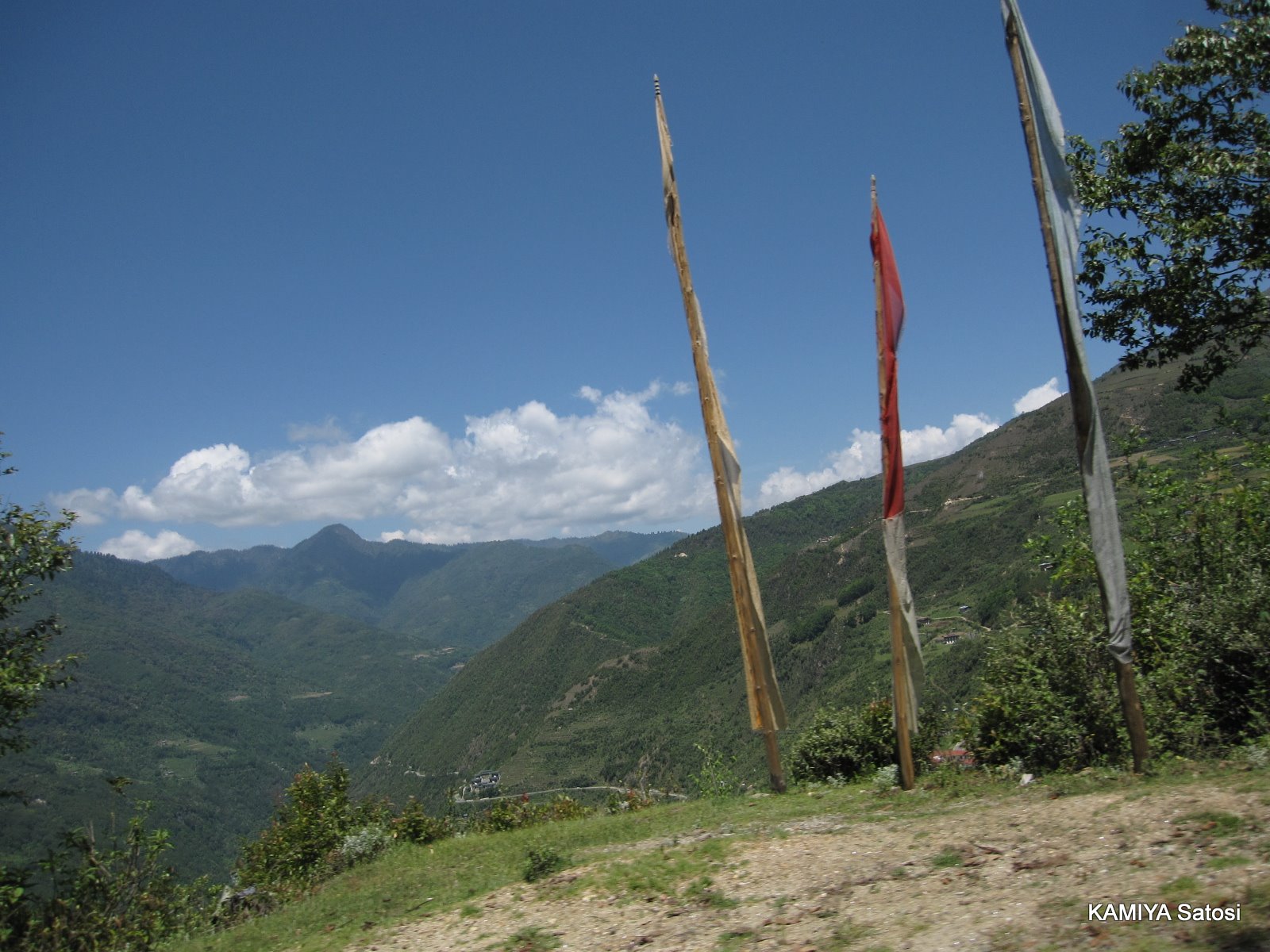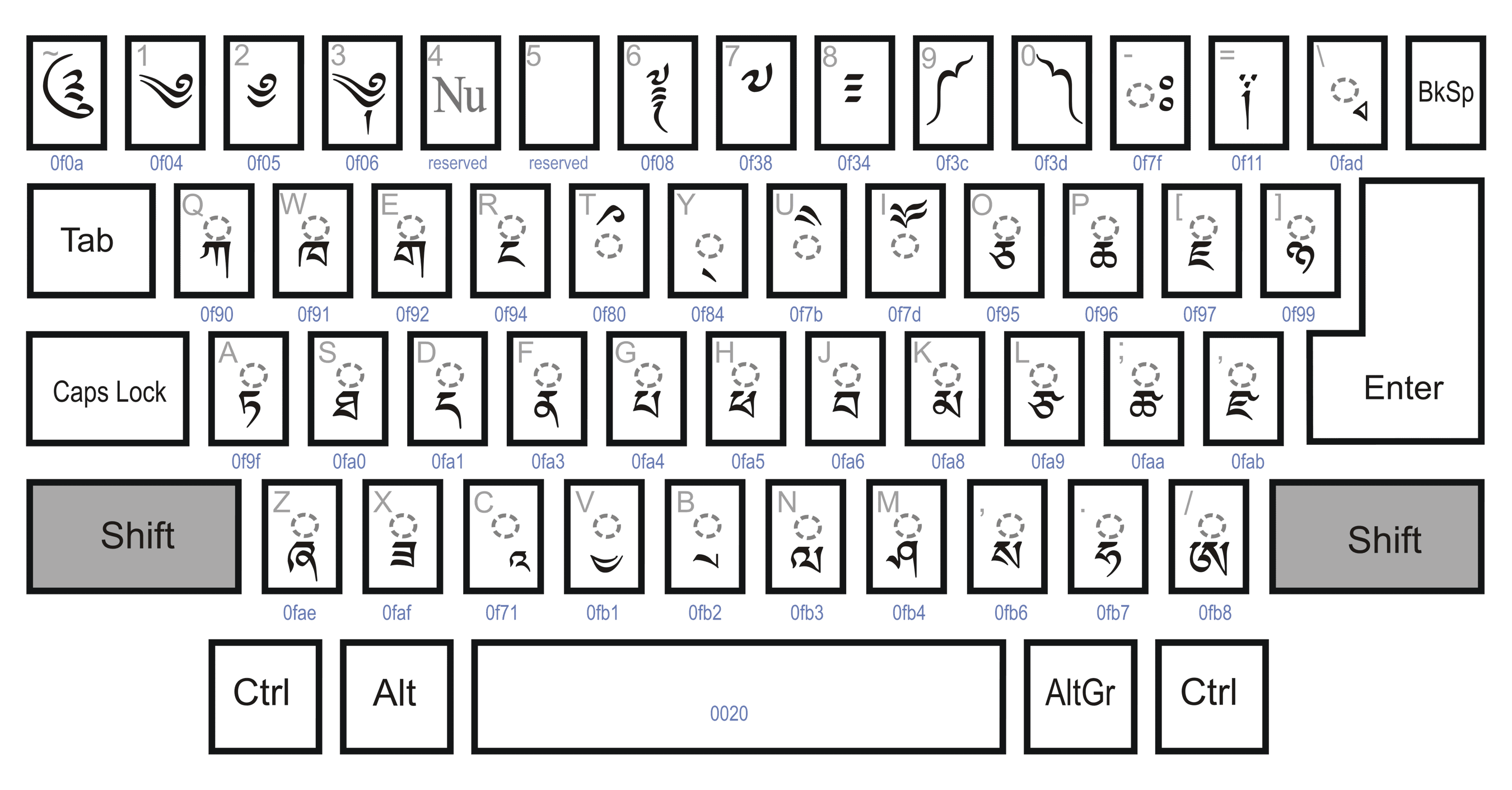|
Lakha Language
Lakha ( "language of the mountain pass", also called "Tshangkha") is a Southern Tibetic language spoken by about 8,000 people in Wangdue Phodrang and Trongsa Districts in central Bhutan. Lakha is spoken by descendants of pastoral yak The domestic yak (''Bos grunniens''), also known as the Tartary ox, grunting ox or hairy cattle, is a species of long-haired domesticated cattle found throughout the Himalayan region of the Indian subcontinent, the Tibetan Plateau, Kachin St ...herd communities. See also * Languages of Bhutan References Languages of Bhutan South Bodish languages {{Bhutan-stub ... [...More Info...] [...Related Items...] OR: [Wikipedia] [Google] [Baidu] |
Bhutan
Bhutan (; dz, འབྲུག་ཡུལ་, Druk Yul ), officially the Kingdom of Bhutan,), is a landlocked country in South Asia. It is situated in the Eastern Himalayas, between China in the north and India in the south. A mountainous country, Bhutan is known as "Druk Yul," or "Land of the Thunder Dragon". Nepal and Bangladesh are located near Bhutan but do not share a land border. The country has a population of over 727,145 and territory of and ranks 133rd in terms of land area and 160th in population. Bhutan is a Constitutional Democratic Monarchy with King as head of state and Prime Minister as head of government. Mahayana and Vajrayana Buddhism is the state religion and the Je Khenpo is the head of state religion. The subalpine Himalayan mountains in the north rise from the country's lush subtropical plains in the south. In the Bhutanese Himalayas, there are peaks higher than above sea level. Gangkhar Puensum is Bhutan's highest peak and is the high ... [...More Info...] [...Related Items...] OR: [Wikipedia] [Google] [Baidu] |
Tibeto-Kanauri Languages
The Tibeto-Kanauri languages, also called Bodic, Bodish–Himalayish, and Western Tibeto-Burman, are a proposed intermediate level of classification of the Sino-Tibetan languages, centered on the Tibetic languages and the Kinnauri dialect cluster. The conception of the relationship, or if it is even a valid group, varies between researchers. Conceptions of Tibeto-Kanauri Benedict (1972) originally posited the Tibeto-Kanauri Bodish–Himalayish relationship, but had a more expansive conception of Himalayish than generally found today, including Qiangic, Magaric, and Lepcha. Within Benedict's conception, Tibeto-Kanauri is one of seven linguistic nuclei, or centers of gravity along a spectrum, within Tibeto-Burman languages. The center-most nucleus identified by Benedict is the Jingpho language (including perhaps the Kachin–Luic and Tamangic languages); other peripheral nuclei besides Tibeto-Kanauri include the Kiranti languages (Bahing–Vayu and perhaps the Newar langu ... [...More Info...] [...Related Items...] OR: [Wikipedia] [Google] [Baidu] |
Bodish Languages
Bodish, named for the Tibetan ethnonym ''Bod'', is a proposed grouping consisting of the Tibetic languages and associated Sino-Tibetan languages spoken in Tibet, North India, Nepal, Bhutan, and North Pakistan. It has not been demonstrated that all these languages form a clade, characterized by shared innovations, within Sino-Tibetan. Shafer, who coined the term "Bodish", used it for two different levels in his classification, called "section" and "branch" respectively: * Bodish ** Bodish *** West Bodish *** Central Bodish *** South Bodish *** East Bodish ** Gurung ( Tamangic) ** Tshangla ** Rgyalrongic It is now generally accepted that the languages Shafer placed in the first three subgroups are all descended from Old Tibetan, and should be combined as a Tibetic subgroup, with the East Bodish languages as a sister subgroup. More recent classifications omit Rgyalrongic, which is considered a separate branch of Sino-Tibetan. Bradley (1997) also defined a broad "Bodish" g ... [...More Info...] [...Related Items...] OR: [Wikipedia] [Google] [Baidu] |
Tibetic Languages
The Tibetic languages form a well-defined group of languages descended from Old Tibetan (7th to 9th centuries).Tournadre, Nicolas. 2014. "The Tibetic languages and their classification." In ''Trans-Himalayan linguistics, historical and descriptive linguistics of the Himalayan area''. Berlin: Mouton de Gruyter. According to Tournadre (2014), there are 50 languages, which split into over 200 dialects or could be group into 8 Dialect continuum, dialect continua. These languages are spoken in the Tibetan Plateau and in the Himalayas in Baltistan, Gilgit-Baltistan, Ladakh, Aksai Chin, Ladakh, Nepal, Himachal Pradesh, Uttarakhand, and Bhutan. Classical Tibetan is the major literary language, particularly for its use in Buddhism, Buddhist literature. Tibetan languages are spoken by some 6 million people, not all of whom are Tibetan people, Tibetans. With the worldwide spread of Tibetan Buddhism, the Tibetan language has spread into the western world and can be found in many Buddhist tex ... [...More Info...] [...Related Items...] OR: [Wikipedia] [Google] [Baidu] |
Tibetan Script
The Tibetan script is a segmental writing system (''abugida'') of Brahmic scripts, Indic origin used to write certain Tibetic languages, including Lhasa Tibetan, Tibetan, Dzongkha, Sikkimese language, Sikkimese, Ladakhi language, Ladakhi, Jirel language, Jirel and Balti language, Balti. It has also been used for some non-Tibetic languages in close cultural contact with Tibet, such as Thakali language, Thakali. The printed form is called uchen script while the hand-written cursive form used in everyday writing is called umê script. This writing system is used across the Himalayas, and Tibet. The script is closely linked to a broad ethnic Tibetan identity, spanning across areas in India, Nepal, Bhutan and Tibet. The Tibetan script is of Brahmic scripts, Brahmic origin from the Gupta script and is ancestral to scripts such as Meitei script, Meitei, Lepcha script, Lepcha,Daniels, Peter T. and William Bright. ''The World's Writing Systems''. New York: Oxford University Press, 1996. ... [...More Info...] [...Related Items...] OR: [Wikipedia] [Google] [Baidu] |
Wangdue Phodrang District
Wangdue Phodrang District ( Dzongkha: དབང་འདུས་ཕོ་བྲང་རྫོང་ཁག་; Wylie: ''Dbang-'dus Pho-brang rdzong-khag''; previously spelled "Wangdi Phodrang") is a dzongkhag (district) of central Bhutan. This is also the name of the dzong (built in 1638) which dominates the district, and the name of the small market town outside the gates of the dzong—it is the capital ( dzongkhag thromde) of Wangdue Phodrang District). The name is said to have been given by the Shabdrung Ngawang Namgyal who was searching for the best location for a dzong to prevent incursions from the south. The word "wangdue" means unification of Country, and "Phodrang" means Palace in Dzongkha. Wangdue Phodrang is the largest dzongkhag in Bhutan by area and is bordered by Dagana and Tsirang dzongkhags to the south, Tongsa dzongkhag to the east, Thimphu and Punakha dzongkhag to the west, and Gasa dzongkhag and a small section of border with Tibet to the north. I ... [...More Info...] [...Related Items...] OR: [Wikipedia] [Google] [Baidu] |
Trongsa District
Trongsa District (Dzongkha: ཀྲོང་གསར་རྫོང་ཁག་; Wylie transliteration: ''Krong-gsar rdzong-khag'') is one of the districts of Bhutan. It is the most central district of Bhutan and the geographic centre of Bhutan is located within it at Trongsa Dzong. Languages Trongsa is a linguistically diverse district. In the north and east inhabitants speak Bumthangkha, and in the extreme southeast Khengkha is spoken. Nyenkha is spoken in the western half of the district, straddling the border with Wangdue Phodrang District. To the north, along and across the same border, live speakers of Lakha. In the extreme south, the national language Dzongkha is spoken. Across the mid-south, tiny communities of autochthonous 'Olekha (Black Mountain Monpa) speakers have all but disappeared. Historically, Bumthangkha and its speakers have had close contact with speakers of Kurtöpkha, Mangduepikha and Khengkha, nearby languages of central and eastern Bhutan, to the ... [...More Info...] [...Related Items...] OR: [Wikipedia] [Google] [Baidu] |
School Of Oriental And African Studies
SOAS University of London (; the School of Oriental and African Studies) is a public research university in London, England, and a member institution of the federal University of London. Founded in 1916, SOAS is located in the Bloomsbury area of central London. SOAS is one of the world's leading institutions for the study of Asia, Africa, and the Middle East. Its library is one of the five national research libraries in the UK. SOAS also houses the Brunei Gallery, which hosts a programme of changing contemporary and historical exhibitions from Asia, Africa, and the Middle East with the aim of presenting and promoting cultures from these regions. SOAS is divided into three faculties: Faculty of Arts and Humanities, Faculty of Languages and Cultures, and Faculty of Law and Social Sciences. It is home to the SOAS School of Law, which is one of the leading law schools in the UK. The university offers around 350 bachelor's degree combinations, more than 100 one-year master's deg ... [...More Info...] [...Related Items...] OR: [Wikipedia] [Google] [Baidu] |
London
London is the capital and List of urban areas in the United Kingdom, largest city of England and the United Kingdom, with a population of just under 9 million. It stands on the River Thames in south-east England at the head of a estuary down to the North Sea, and has been a major settlement for two millennia. The City of London, its ancient core and financial centre, was founded by the Roman Empire, Romans as ''Londinium'' and retains its medieval boundaries.See also: Independent city#National capitals, Independent city § National capitals The City of Westminster, to the west of the City of London, has for centuries hosted the national Government of the United Kingdom, government and Parliament of the United Kingdom, parliament. Since the 19th century, the name "London" has also referred to the metropolis around this core, historically split between the Counties of England, counties of Middlesex, Essex, Surrey, Kent, and Hertfordshire, which largely comprises Greater London ... [...More Info...] [...Related Items...] OR: [Wikipedia] [Google] [Baidu] |
Languages Of Bhutan
There are two dozen languages of Bhutan, all members of the Tibeto-Burman language family except for Nepali, which is an Indo-Aryan language, and Bhutanese Sign Language. Dzongkha, the national language, is the only native language of Bhutan with a literary tradition, though Lepcha and Nepali are literary languages in other countries. Other non-Bhutanese minority languages are also spoken along Bhutan's borders and among the primarily Nepali-speaking Lhotshampa community in South and East Bhutan. Chöke (or Classical Tibetan) is the language of the traditional literature and learning of the Buddhist monastics. Sino-Tibetan languages Geographically, since Bhutan is predominantly located on the Tibetan plateau, almost all spoken languages of the country belong to the family of Sino-Tibetan languages, or more specifically, the Bodish sprachbund. Dzongkha and other Tibetic languages The Central Bodish languages are a group of related Tibetic languages descended from Old Tibeta ... [...More Info...] [...Related Items...] OR: [Wikipedia] [Google] [Baidu] |



